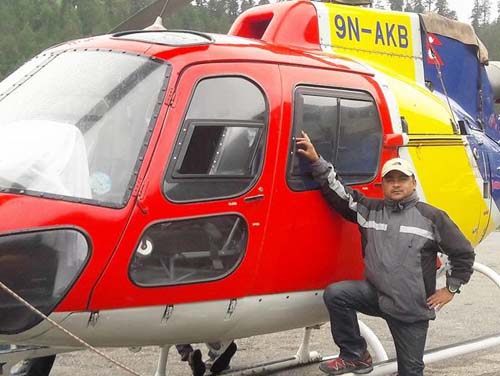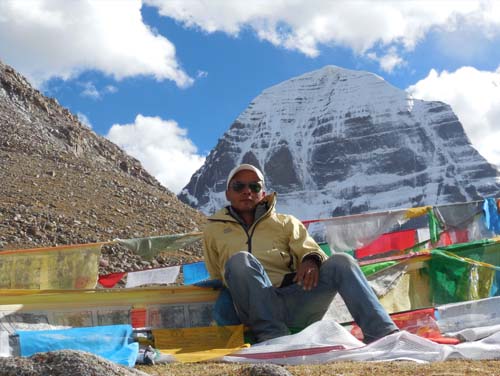
Why booking with us?
- Quick Response
- 24/7 Support
- Hassle Free Booking
- Free Cancellation
Destination: Kailash Mansarovar
Kailash Mansarovar Yatra
Kailash Mansarovar Yatra is a sacred pilgrimage that holds immense spiritual significance for Hindus, Buddhists, Jains, and Bon followers. Located in the remote southwestern corner of Tibet, Mount Kailash and Lake Mansarovar are revered as divine destinations, attracting pilgrims and adventure seekers alike. This yatra is a profound journey that combines the challenges of high-altitude trekking with the spiritual rewards of visiting one of the holiest sites in Asia.
The journey typically begins in Kathmandu, Nepal, where participants undergo necessary preparations and acclimatization before embarking on the pilgrimage. From Kathmandu, travelers embark on a scenic drive to the Nepal-Tibet border, crossing into the Tibetan Plateau and proceeding towards the sacred sites.
Mount Kailash, standing at an elevation of 6,638 meters (21,778 feet), is the centerpiece of the yatra. Hindus believe it to be the abode of Lord Shiva, while Buddhists associate it with the Buddha Demchok. The mountain's distinctive four-faced summit is considered a representation of different aspects of divinity.
Lake Mansarovar, situated at an altitude of 4,590 meters (15,060 feet), is another focal point of the pilgrimage. The pristine lake is believed to have purifying properties, and taking a dip in its icy waters is considered a sacred ritual that cleanses the soul.
The Kailash Mansarovar Yatra involves a circumambulation (parikrama) of Mount Kailash, a ritual walk that takes several days to complete. The trek around the sacred mountain is physically demanding due to the high altitude and challenging terrain. Pilgrims often experience a mix of exhaustion and spiritual exhilaration as they navigate the rugged trails and high mountain passes.
Along the journey, participants encounter ancient monasteries, chortens, and prayer flags, adding to the cultural richness of the pilgrimage. The landscape is stark and surreal, with panoramic views of the Himalayas and the vast Tibetan plateau.
The yatra is not just a physical journey; it is a profound spiritual experience that transcends the physical challenges. Pilgrims engage in prayers, meditation, and rituals throughout the pilgrimage, seeking blessings and spiritual enlightenment.
Kailash Mansarovar Yatra is often organized by government bodies or private tour operators, ensuring proper logistics and support for the participants. The yatra is usually undertaken during the summer months, from May to September, when the weather in the region is more conducive for travel.
For those who embark on this sacred journey, Kailash Mansarovar becomes more than a geographical location; it transforms into a symbol of divinity, purity, and the enduring spirit of spiritual exploration.



